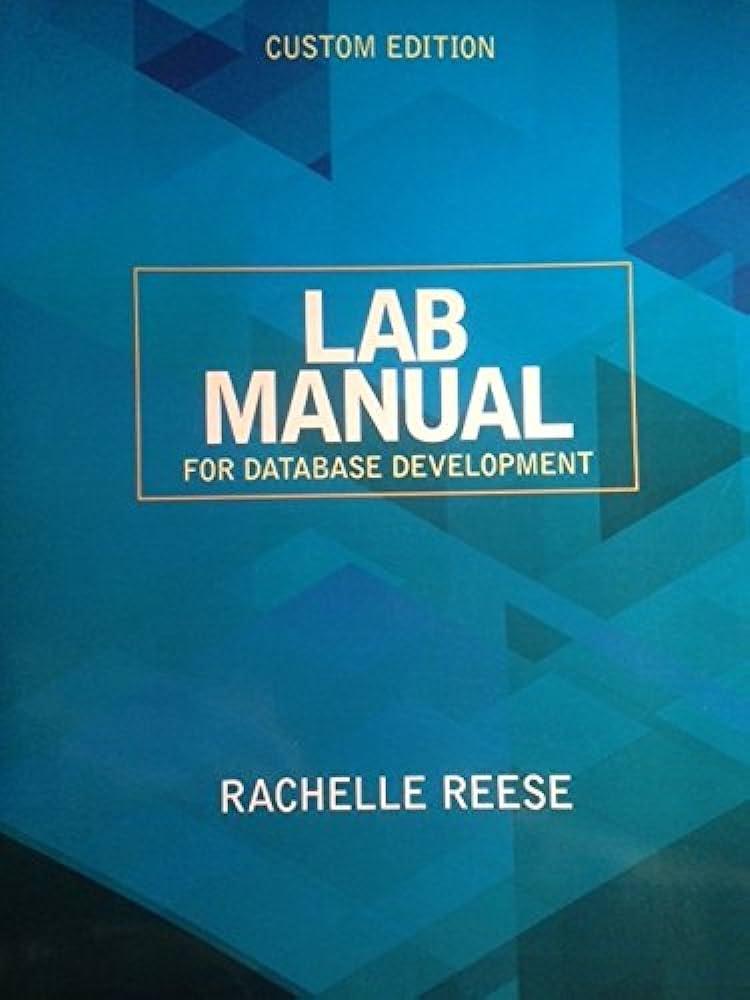3 Binary++ Search This is the question where we do something similar to binary search, except, rather than dividing the remaining range in half, we divide it into thirds. Here's the situation there's a function : 10,1) - R that is nimedals it is strictly increasing for 0,Pl, it achieves its unique max at , and then it is strictly decreasing over (p, 1). But we don't know what p is. That's what we're trying to (approximately) find in this problem Also, we're only given oracle access to FC), i.e., we can compute/obtain the value of f(x). for any particulars value we specify (imagine we're given API function to call), in constant time for each. But we don't have an analytic definition of f) or anything, and we can't sort of just look at it and see where the peak is.) (a) Consider performing the following actions. First, evaluate f(x) for r = 0, 1 = 1, and r = . Second, take the four values you've received and compare them all with one another, finding which of the four is biggest, which is second biggest, and so on. Now, describe a decision procedure you can use at this point to eliminate some portion of the (0, 1) interval. (b) How large a fraction of the 10.1 interval can you guarantee you'll eliminate? That is, for what percentage of the interval can you guarantee that, regardless of how the comparisons and decision procedure turn out, you'll eliminate at least this percentage? 3 Binary++ Search This is the question where we do something similar to binary search, except, rather than dividing the remaining range in half, we divide it into thirds. Here's the situation there's a function : 10,1) - R that is nimedals it is strictly increasing for 0,Pl, it achieves its unique max at , and then it is strictly decreasing over (p, 1). But we don't know what p is. That's what we're trying to (approximately) find in this problem Also, we're only given oracle access to FC), i.e., we can compute/obtain the value of f(x). for any particulars value we specify (imagine we're given API function to call), in constant time for each. But we don't have an analytic definition of f) or anything, and we can't sort of just look at it and see where the peak is.) (a) Consider performing the following actions. First, evaluate f(x) for r = 0, 1 = 1, and r = . Second, take the four values you've received and compare them all with one another, finding which of the four is biggest, which is second biggest, and so on. Now, describe a decision procedure you can use at this point to eliminate some portion of the (0, 1) interval. (b) How large a fraction of the 10.1 interval can you guarantee you'll eliminate? That is, for what percentage of the interval can you guarantee that, regardless of how the comparisons and decision procedure turn out, you'll eliminate at least this percentage







